
Gamification apps are one of the major trends not only in education, but also in healthcare. According to Research and Markets, the global healthcare gamification market is expected to grow at a CAGR of 54.7% from 2017 to 2022. This is due to growing technological advancements, life on-the-go, increasing digitalization, and an increased focus on health and wellness.
In this article, we’ll explore the benefits of gamification in healthcare; we’ll give gamify app examples and explain how to gamify your existing app.
Healthcare Gamification: What Is It?
Healthcare gamification means applying gaming principles, game design techniques, and game mechanics to non-game applications in order to improve clinical outcomes.
In most healthcare and wellness-related applications, gamification manifests itself in three ways:
- Progress bars used to measure success. They increase the perceived value of the service by invoking progress-related psychological biases.
- Sharing progress and results with friends or other users of the service. It creates a competitive spirit to elicit better use of the service.
- Giving progress medals, badges, stars or other virtual gifts at each stage so that users get a sense of achievement.
More advanced medical applications feature various gamified exercises for individuals with movement impairments, older people, people suffering from back pain, etc.
The most relevant solution topics that include healthcare app gamification are:
- Self-management medication and chronic condition,
- Fitness and nutrition,
- Rehabilitation and physical therapy,
- Emotional health,
- Healthcare for kids.
Gamification in a health app is a win-win situation for both users and healthcare providers. Users enjoy their experience with an application, while healthcare providers engage users and improve their satisfaction with the app and the brand in general. This, in turn, draws more users and promotes customer retention.
The Benefits of Gamifying Healthcare Apps
For healthcare providers
- More patient data. When you gamify a healthcare app, the potential for gathering relevant patient data is increased. Software like this motivates users to give more feedback which helps wellness and healthcare companies find new trends. It also helps to make products that address the needs of the target audience. At the same time, you must keep users’ personal data confidential.
- Boosted use of healthcare applications. The gamification application allows users to track their journey without any kind of hassle at all. It can be anything from booking an appointment and storing medical records to playing a game or adding something useful. Self-services also relieve medical staff from routine paperwork, transferring some of the offline appointments to online and freeing them to focus on how to help more people.
- Ease of education. Healthcare gamification allows doctors to learn material in less time and with greater success rate compared to the traditional learning methods of reading educational materials. Thus, maintaining and improving healthcare knowledge improves their quality of work.
For patients
Gamification techniques allow users to engage digitally and change their minds from the diseases they are suffering from. They also enhance user learning capacity making it easy to understand all concepts with ease, and provides more motivation to continue the journey towards a healthy mind and body.
3 Ways To Incorporate Gamification Into The Healthcare Sector
By incorporating gamification into the healthcare sector, organizations can engage and motivate patients, improve treatment compliance, and promote healthier behaviors.
- One situation where gamification is utilized is in the management of chronic diseases. By incorporating game elements such as challenges, rewards, and progress tracking, patients are motivated to take an active role in their own healthcare. This can result in better adherence to treatment plans and healthier lifestyle choices.
- Another situation where gamification is used is in rehabilitation and physical therapy. Games can make the process more enjoyable and interactive, increasing patient involvement and adherence to exercise routines.
- Additionally, gamification is used in health education to make learning fun and engaging for patients. Through interactive games and quizzes, patients can acquire knowledge about various health topics while actively participating in their own learning process.
Trends in Healthcare Gamification
- The use of mobile apps and wearable devices with game-like features. These technologies provide users with a fun and engaging experience, motivating them to exercise, eat well, and track their progress. With the help of fitness trackers and smartwatches, individuals can set goals, track their steps, monitor their heart rate, and receive personalized feedback.
- The integration of VR and AR technologies is revolutionizing healthcare gamification.These immersive technologies in healthcare hold great importance in improving patient outcomes and advancing medical education and training.
- Social connection. The prevalence of social media generates high adoption rates for health gamification, due to increasing needs for social connection in today’s globalized and online-based world. When users share their results and activities on social networks with friends, they become more motivated to reach their targets.
- Attention to cognitive, emotional, mental, and behavioral health. There are many cognitive and emotional areas that can benefit from gaming theory. For example, there are a lot of bio-feedback apps that help to release anxiety via ocean sounds and deep breathing exercises.
- Telehealth. Integration of telecommunications and electronic information has proved to be beneficial in supporting long-distance clinical healthcare. This trend became widespread among SMBs around the healthcare industry during the COVID-19 pandemic, helping to unload offline medical centers and serve the patient flow. With the overall penetration of video conferencing and streamlined media, telehealth app usage will only grow in the coming years.
- Simulation games. These are used to upgrade clinicians’ and medical researchers’ technical knowhow, monitoring, and medical procedures. Immersive simulations are often used to enhance patients’ health by making them visualize the health-related behavioral consequences.
Gamification App Examples in Healthcare
In this section we have collected examples of gamification in healthcare and wellness applications. You’ll see how wellness gamification and mental health gamification simplifies medication management and allows patients to understand their chronic conditions better. Gamification techniques can also make the repetitive fitness routine tasks more rewarding and engaging.
Self-Management Medication and Chronic Condition Apps
Mango Health is an app designed to motivate patients to take their medications on time. It also provides information about various types of medication and warns about side effects and drug interactions.
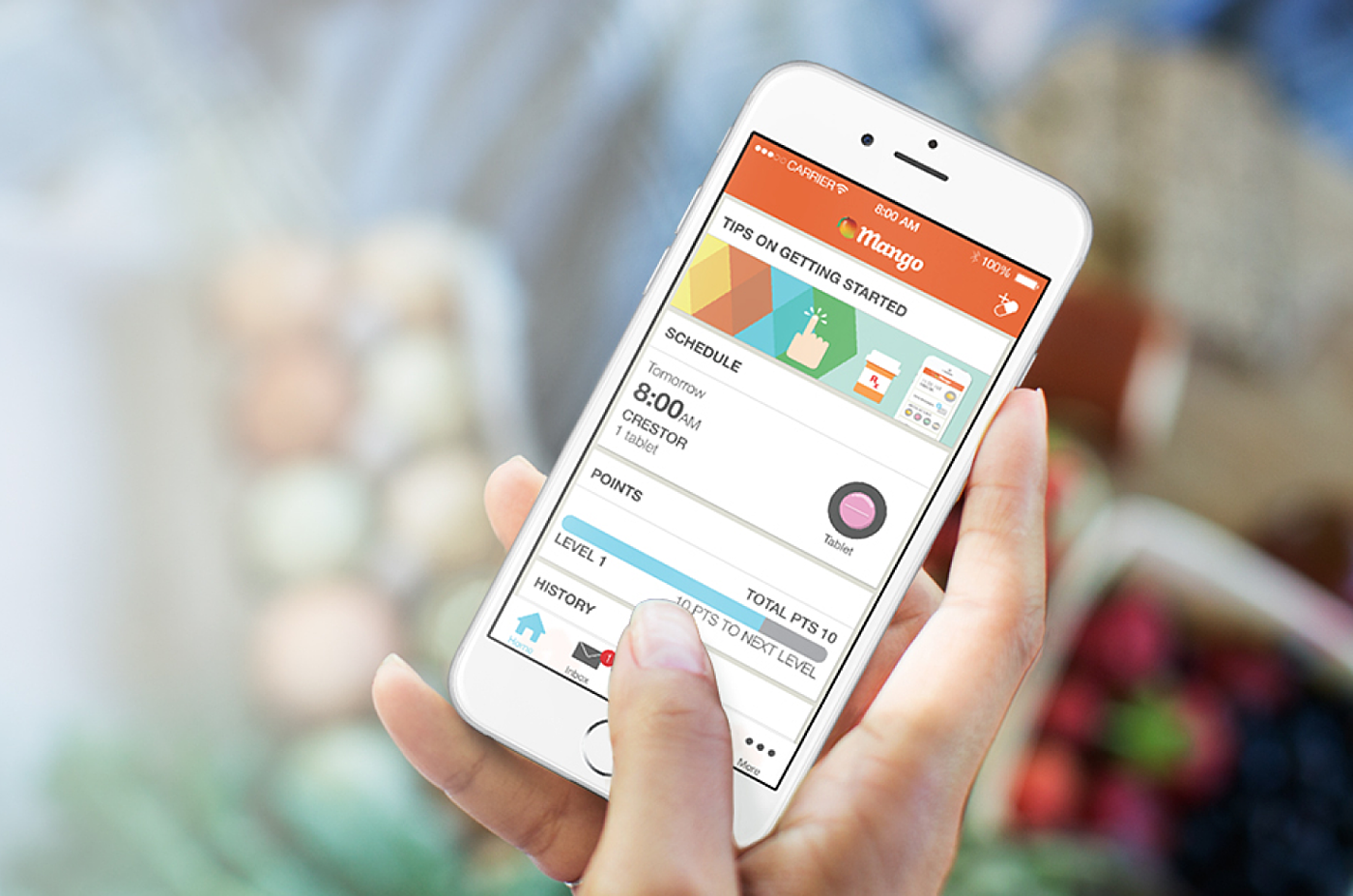 Source: Mango Health
Source: Mango Health
Manage My Pain app allows users to document specific locations of pain, track when pain gets worse, how long it lasts, and the are of your body that is in pain. It also supplies recommendations on how to combat pain.
 Source: Manage My Pain
Source: Manage My Pain
Flaredown is a health monitoring app in which you “check-in” daily and give a brief update on your treatments, conditions, and symptoms and track how these factors affect your state.
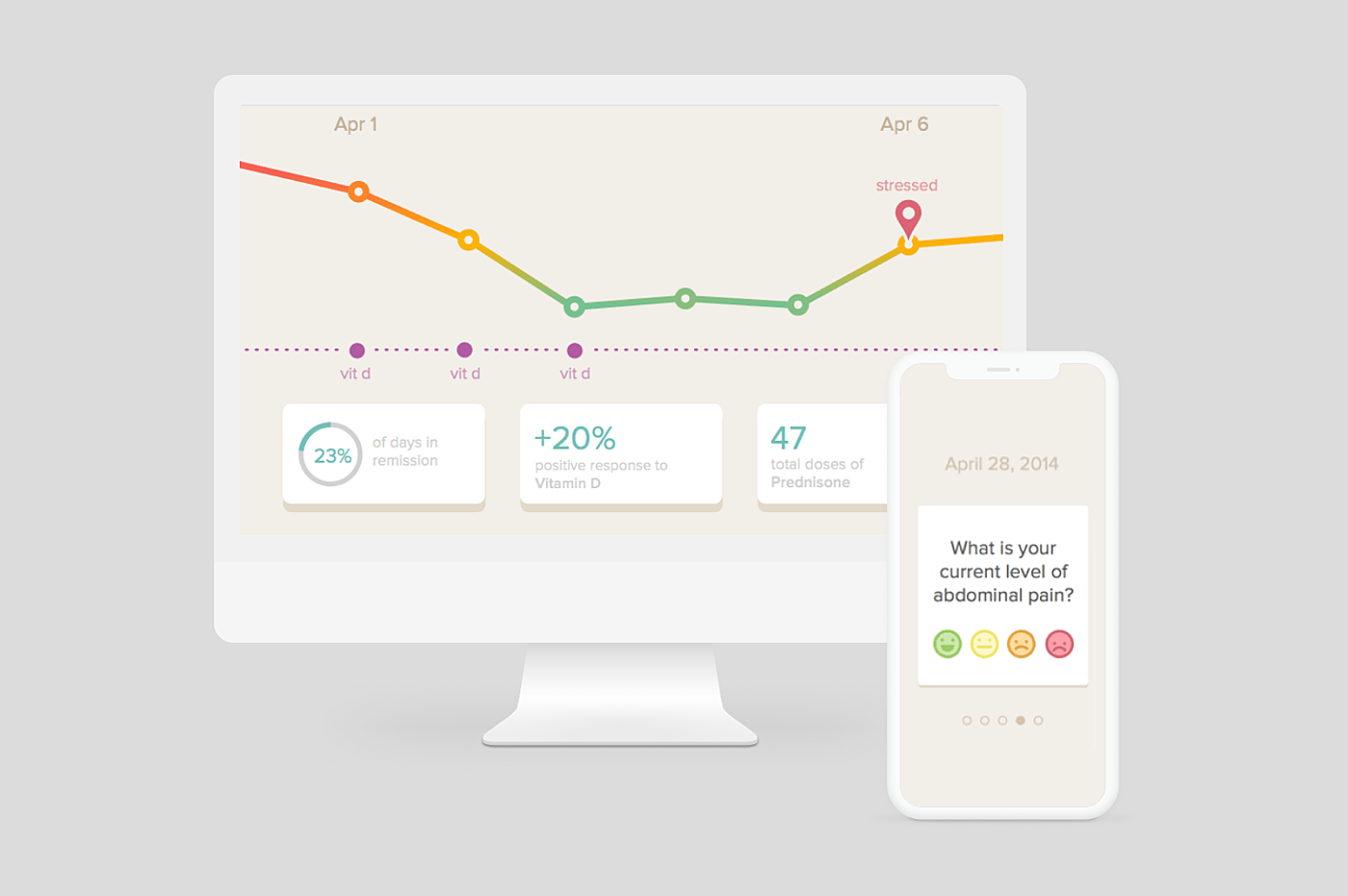
Source: Flaredown
Fitness and Nutrition Apps
Probably the most widely used and well-known fitness application is Health by Apple. An iPhone and iWatch combo allows you to track practically everything, for example:
- Sleep,
- Activity,
- Heart rate,
- Hydration,
- Menstrual cycle,
- Calories.
What’s more, you get different shareable badges and awards for activity.
 Source: Health
Source: Health
MyFitnessPal integrates daily calorie counting and useful nutritional information for users to take control of their weight. You can log what you eat throughout the day choosing products from a nutrition database and see if the food measures up to your goal.
 Source: MyFitnessPal
Source: MyFitnessPal
Zero is a fasting application enabling you to set your fasting goals and track how your mood changes during the fasting period. You can choose any type of fasting (16:8/20:4/36-hour/custom fast) and see the number of people who are fasting with you. The app provides information about your fasting stage and how your body may react to the lack of food.
 Source: Zero
Source: Zero
Rehabilitation and Physical Therapy Apps
Eye Workout: Eyesight Exercise is an eye training program designed to improve your eyesight and relax your eyes. You can get voice-over instructions and tips, track your progress, see week and lifetime statistics, as well as get achievements for everyday use.
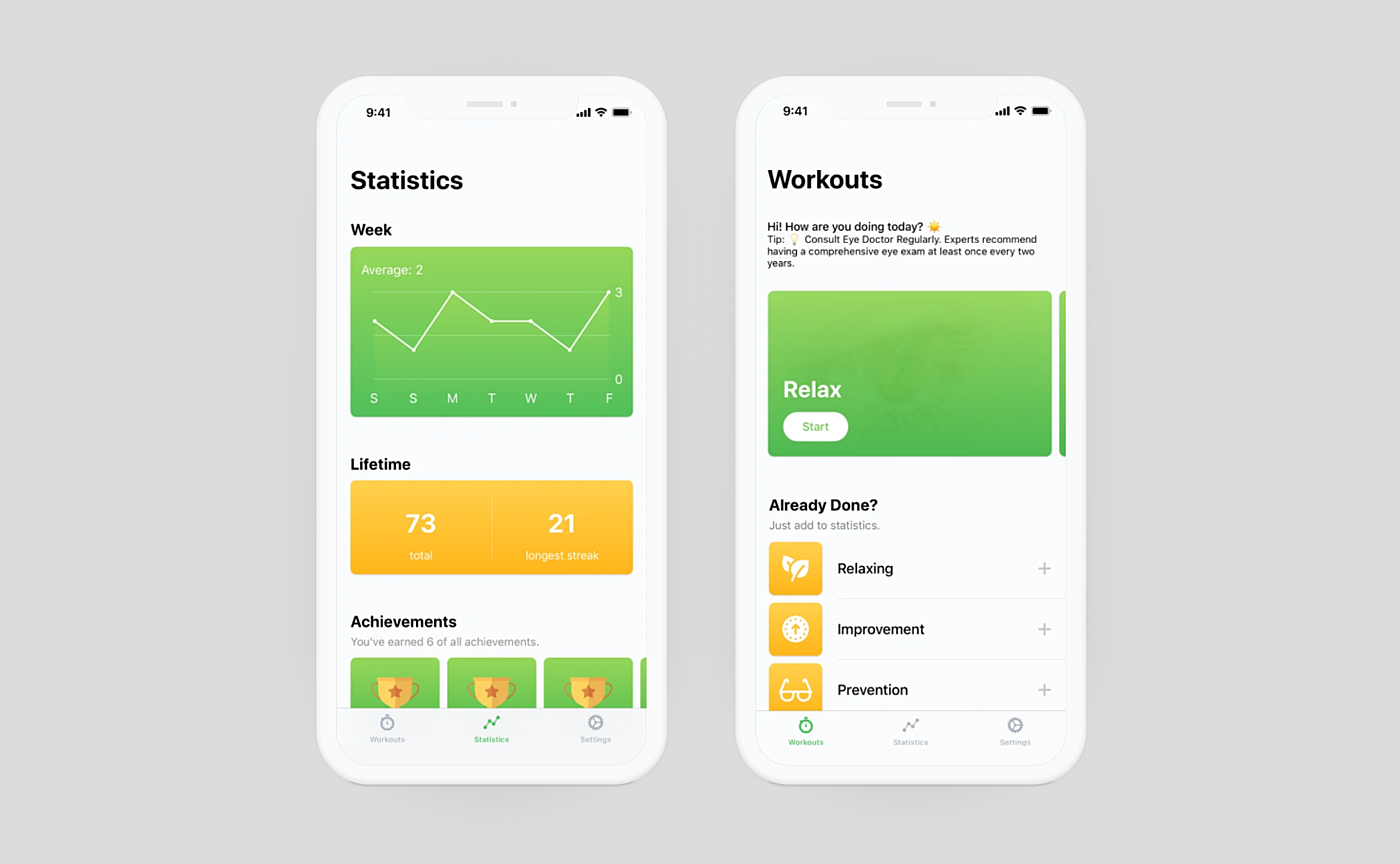 Source: Eye Workout: Eyesight Exercise
Source: Eye Workout: Eyesight Exercise
Prehab is an educational platform that teaches users how to take control of their own health through physical therapy workouts. The app gives you workouts, tips and the ability to directly communicate with therapists at the tip of your fingers. You can log your workouts and track your exercise performance.
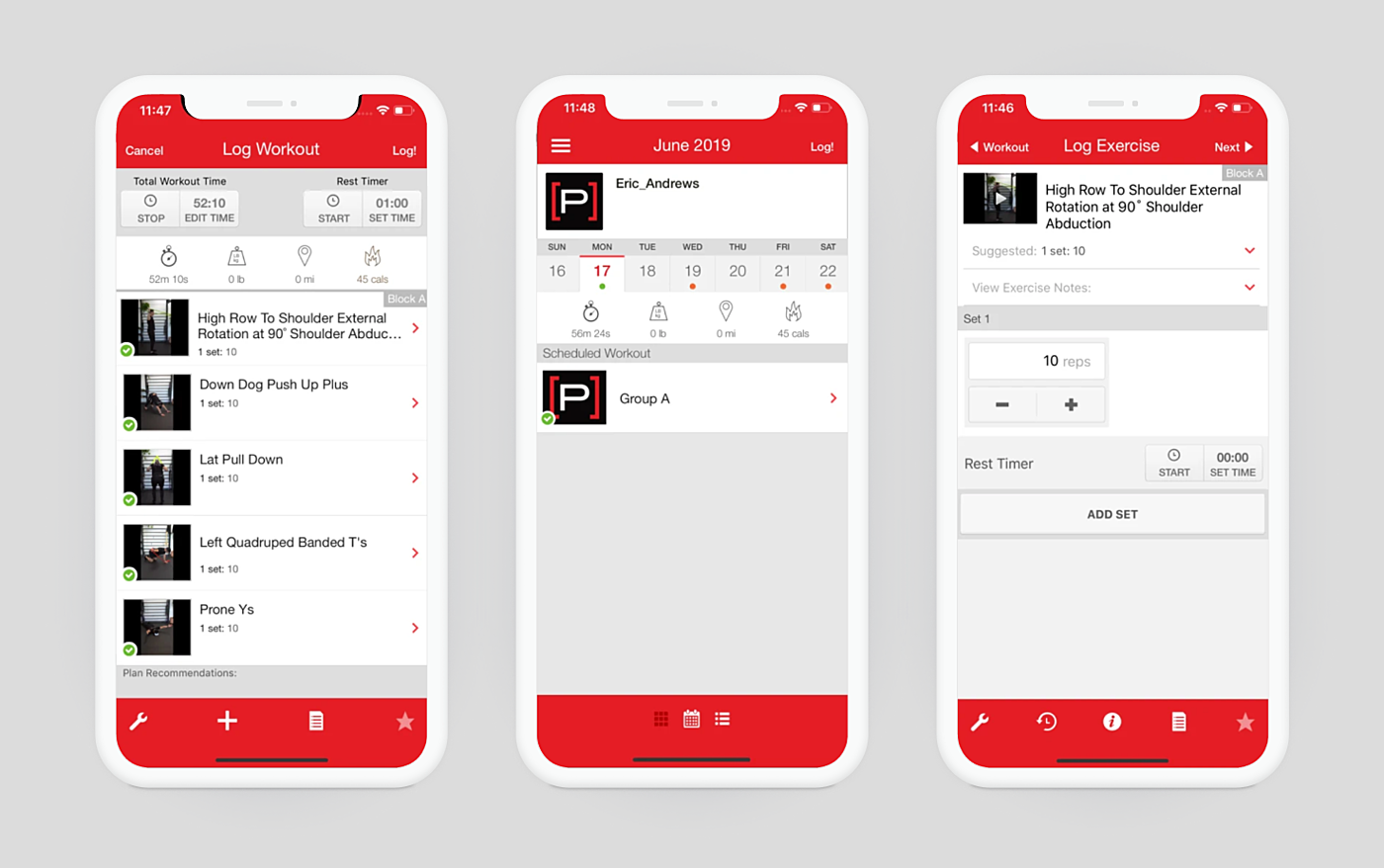 Source: Prehab
Source: Prehab
Physera contains workouts created by physical therapists to build strength and flexibility. It can always help, whether it's rehab from an injury or just nagging pain. You can choose a custom workout using an extensive exercise library and track your exercises, or you can create your own.
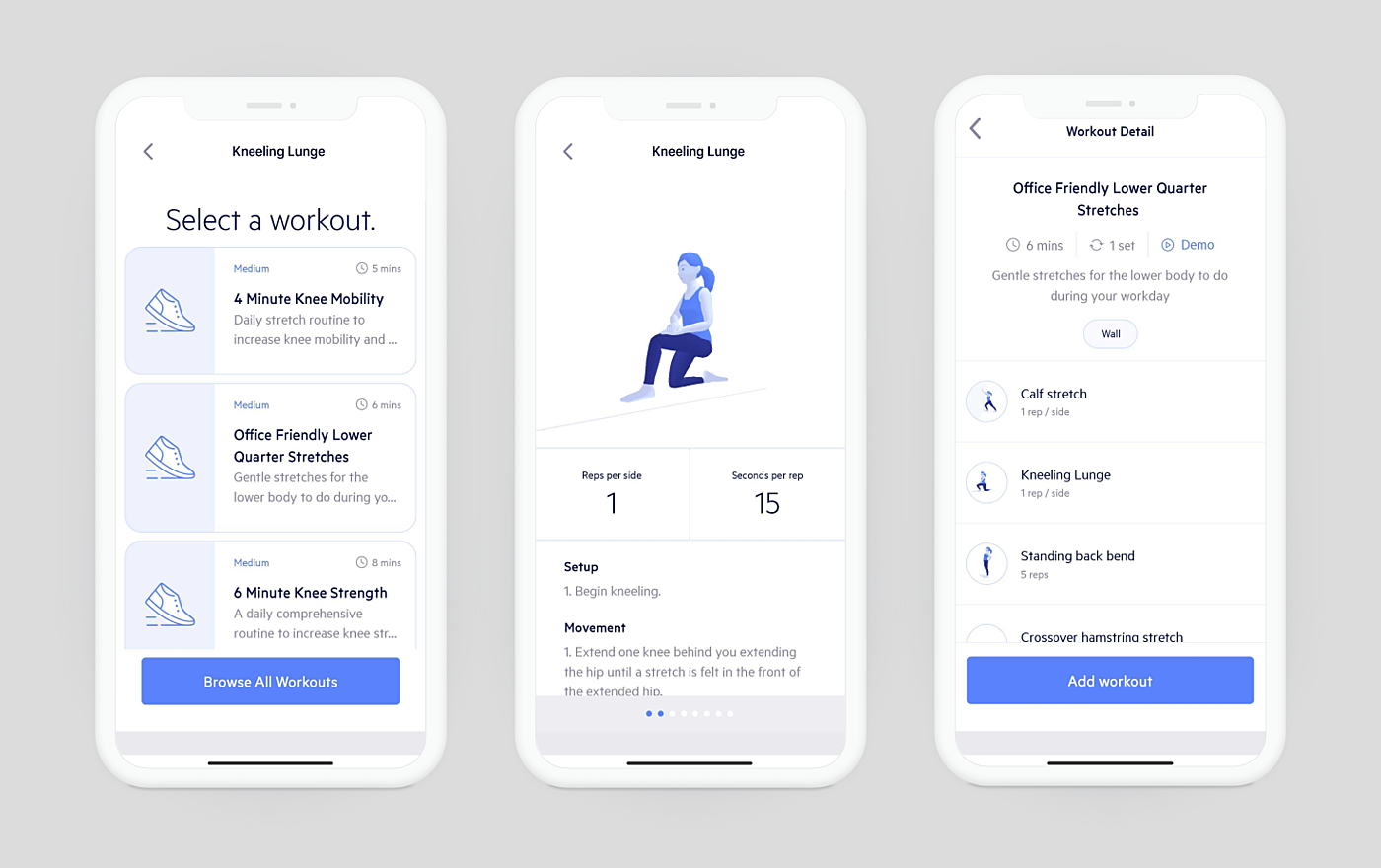 Source: Physera
Source: Physera
Emotional Health Apps
Loóna is a mood-alerting app that lets you quickly disconnect from a long stressful day and get in the right mood for sleep. Each night you get a recommended “sleepscape,” which is a guided session that combines storytelling, activity-based relaxation, and unique sounds. You need to complete it to reset your mind and create the perfect mood for sleep.
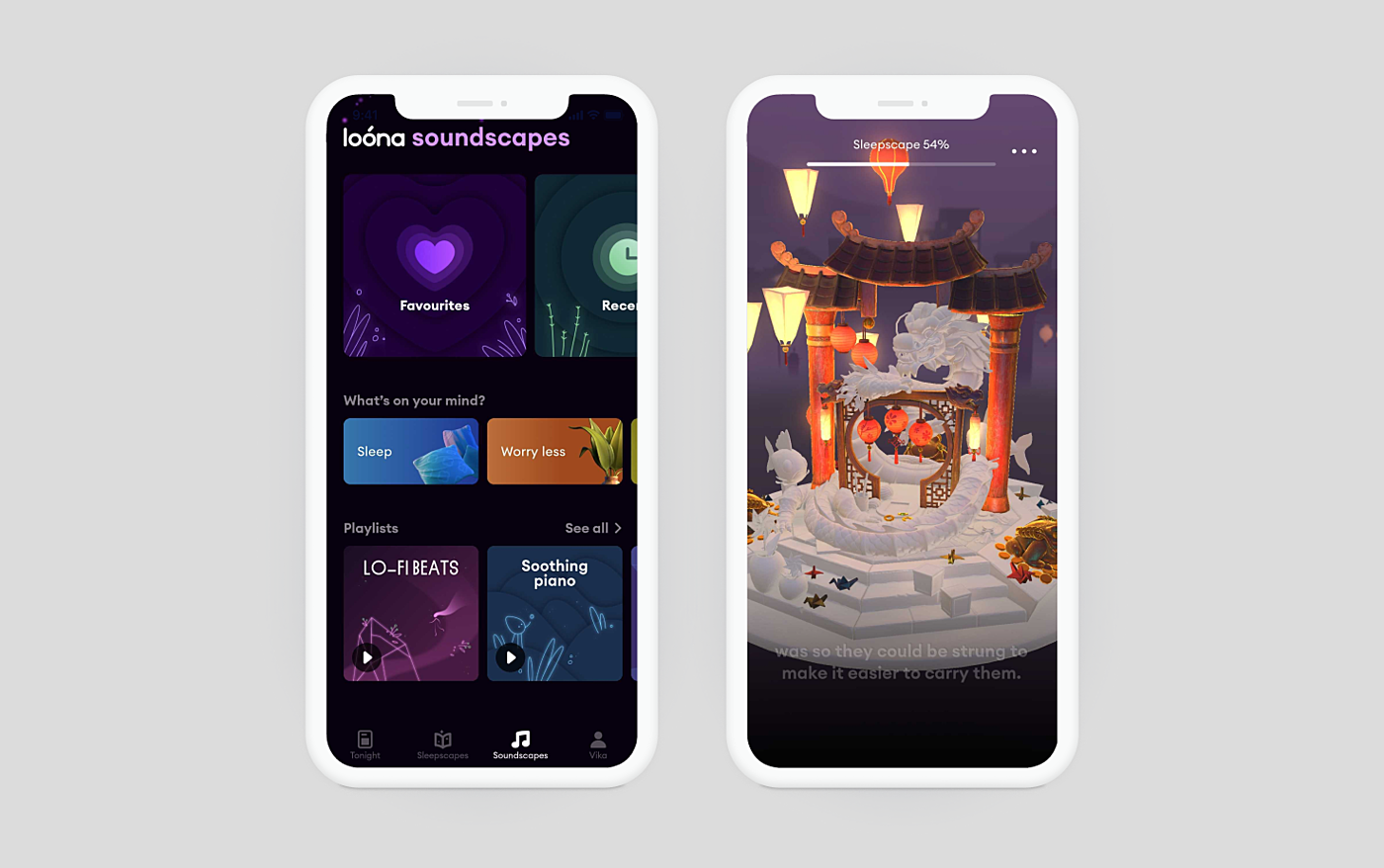 Source: Loóna
Source: Loóna
Happify incorporates science-based activities and games. It helps users to improve their emotional well-being and overcome stress. The app has more than 30 tracks to choose from and tracks user progress to see how their skills compare. All the tracks are based on scientific research from neuroscientists and psychologists at Stanford, Harvard, and Penn.
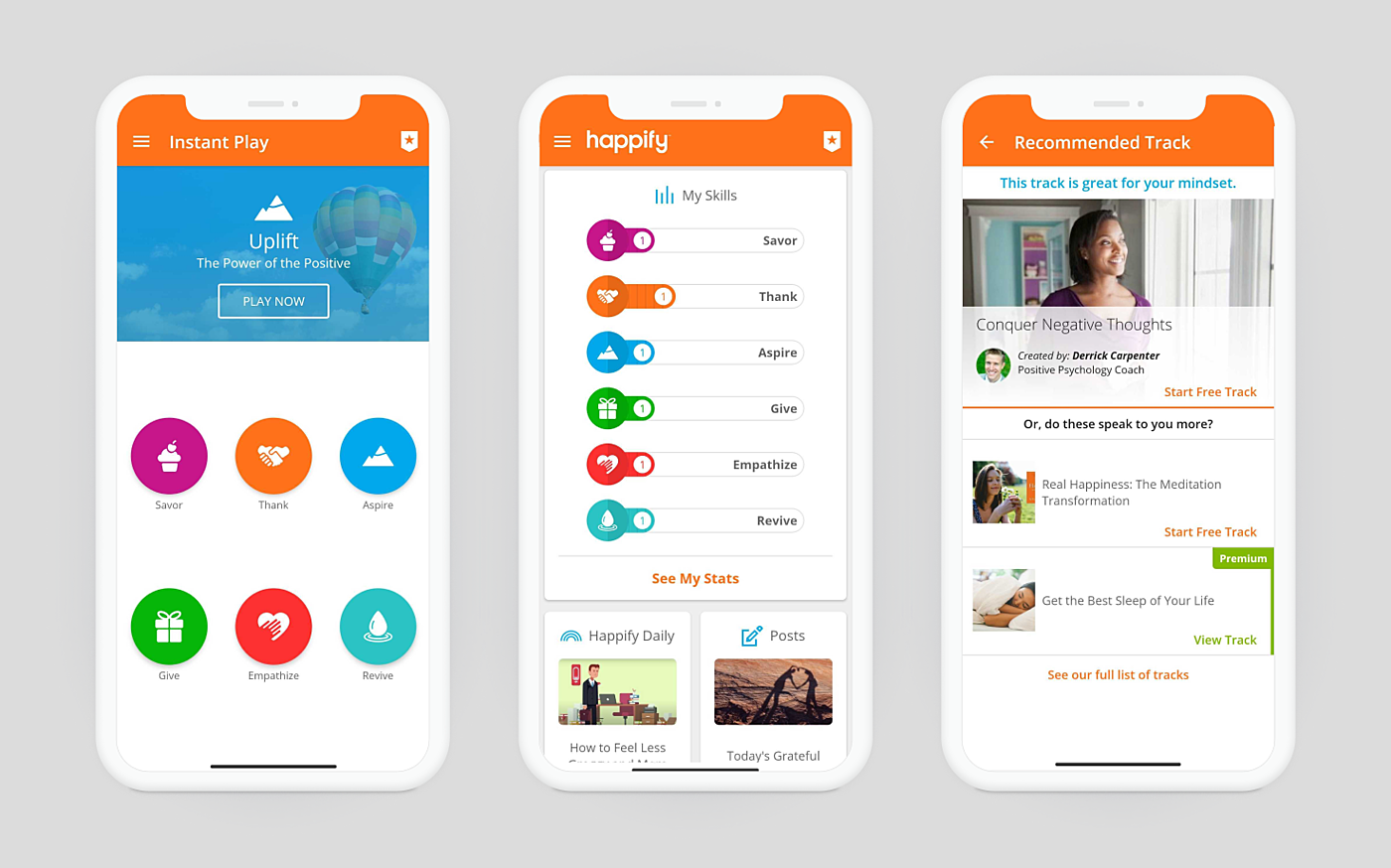 Source: Happify
Source: Happify
Moodfit shapes up your mood when you’re looking to understand your feelings, including depression, anxiety, or high levels of stress. The app allows you to track daily progress, gives visual insights with actionable exercises, and reminds you about your mood goals.
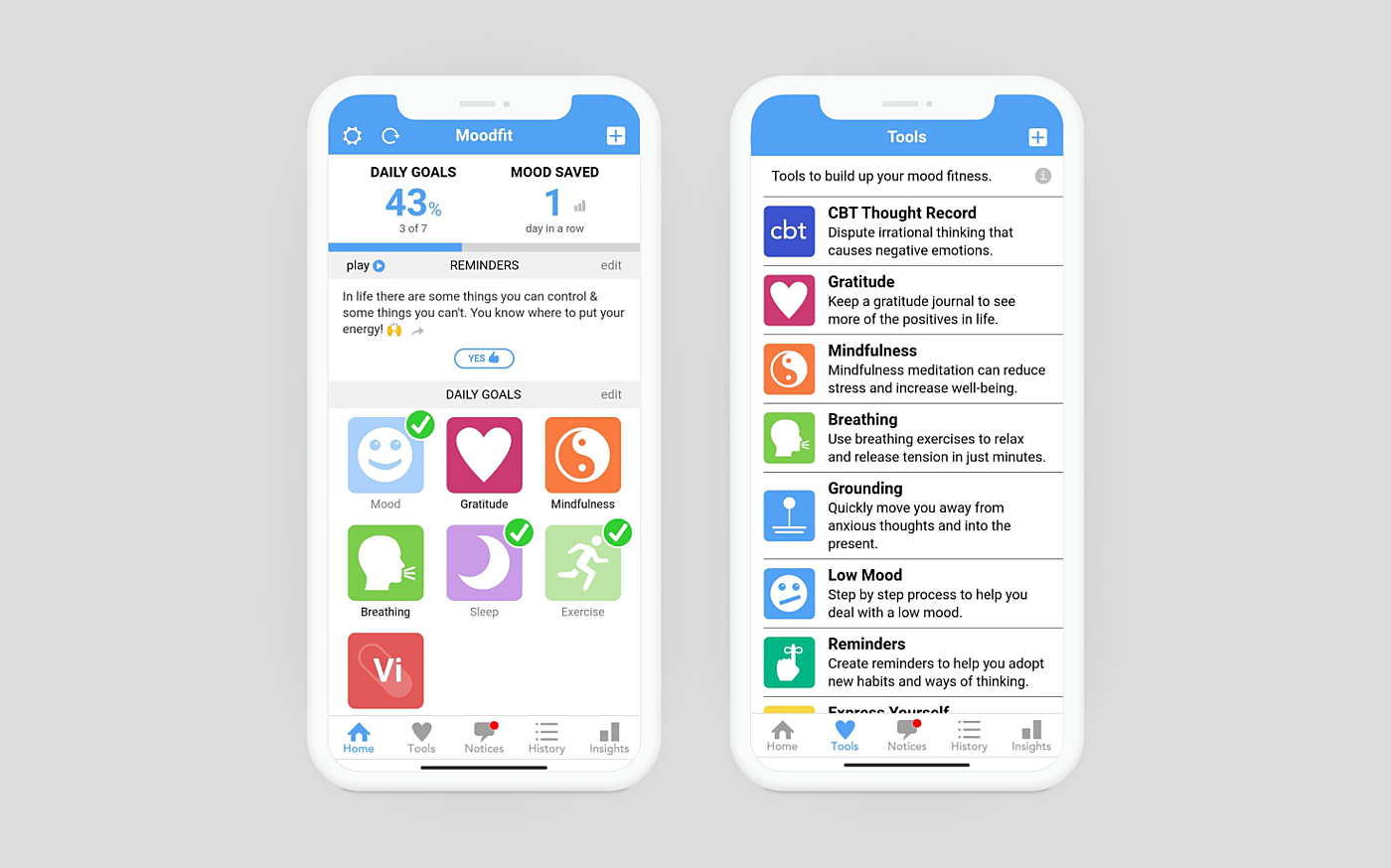 Source: Moodfit
Source: Moodfit
Healthcare apps for kids
My PlayHome Hospital prepares children for hospital visits. The children can become doctors themselves: Check a patient’s heartbeat with the stethoscope, give prescriptions in the doctor's room, and change the blood bags in the emergency room.
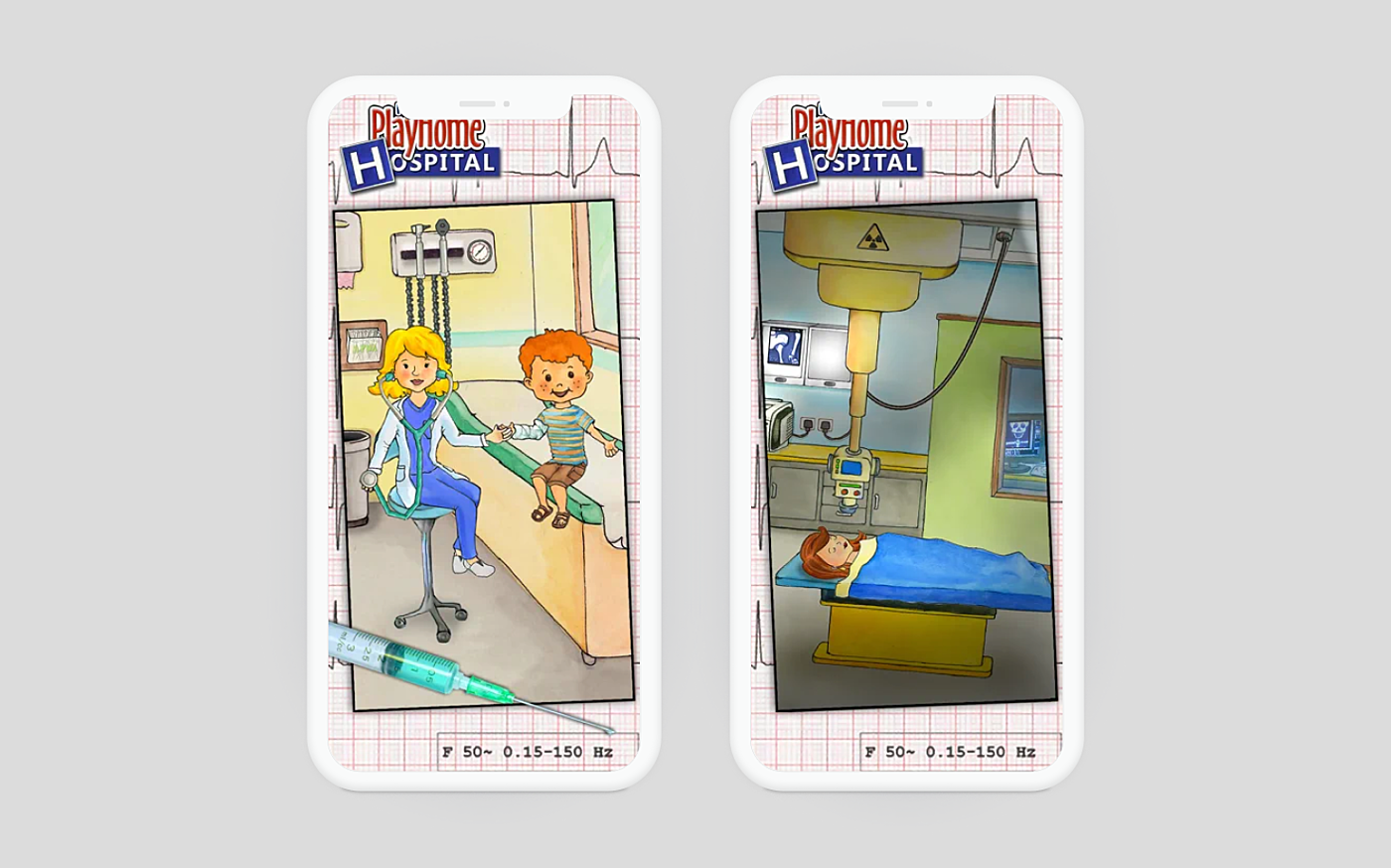 Source: My PlayHome Hospital
Source: My PlayHome Hospital
MyTeeth helps kids aged 1 to 9 to brush their teeth patiently for three minutes, with the right technique for their age, with joy, and without missing a spot. Additionally this web and mobile app motivates children every day and includes all the information required for parents to support their child optimally.
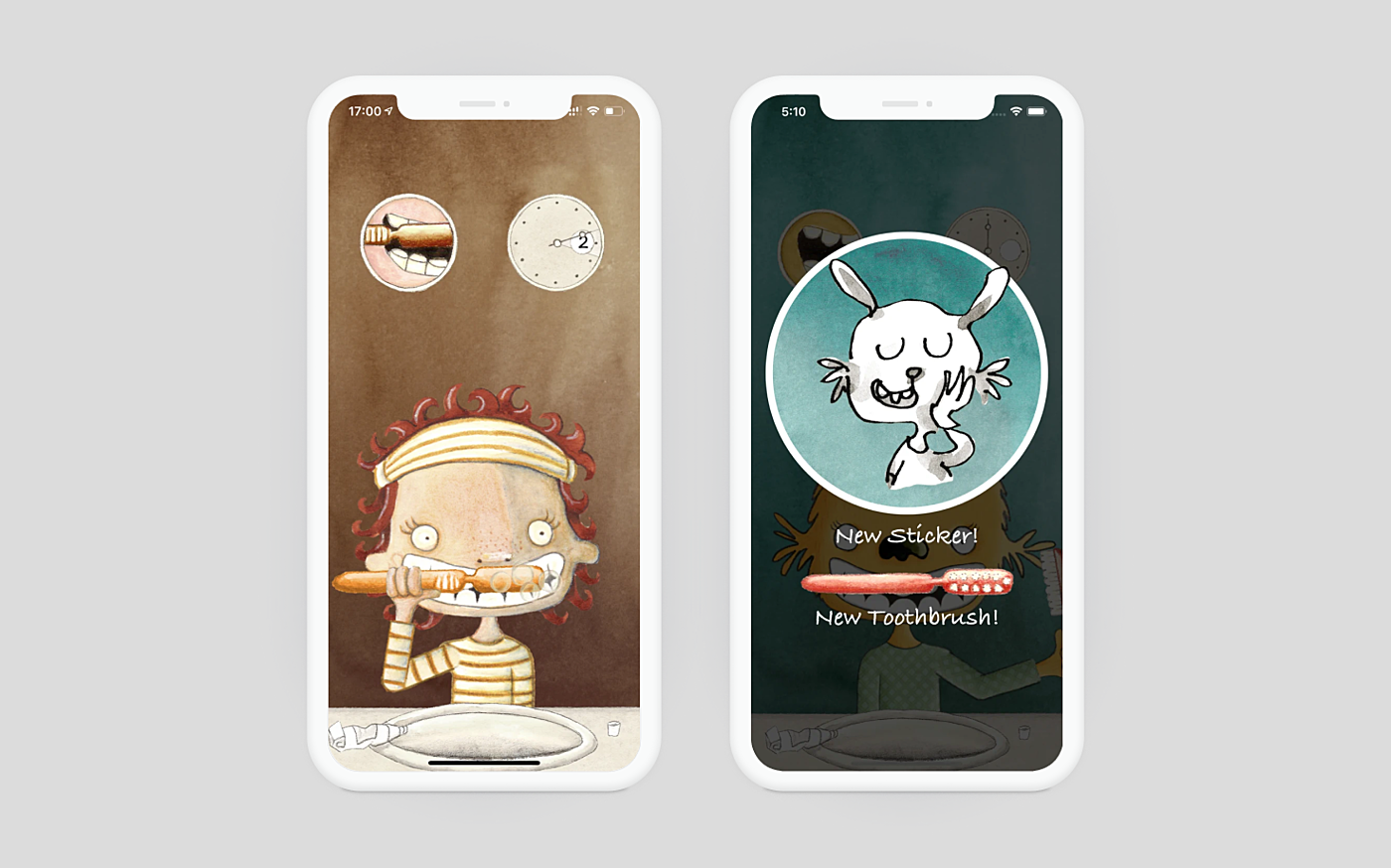 Source: MyTeeth
Source: MyTeeth
Yummiloo is a food-filled paradise. In this educational app kids learn the basics of food identification and nutritional curriculum through an engaging game. Kids are introduced to the Yum Yums, and instructed to gather fruits and vegetables. Yummiloo educates kids about eating a mix of bright, vibrant-colored foods to help their bodies grow.
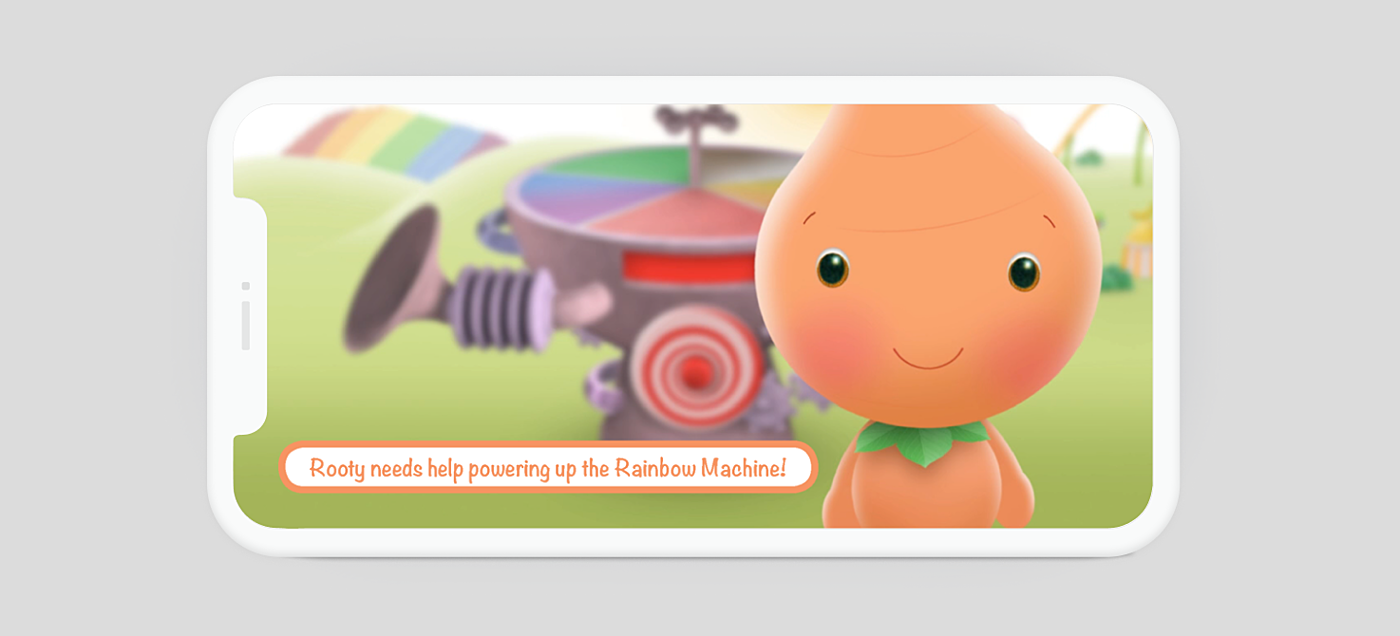 Source: Yummiloo
Source: Yummiloo
How to Gamify Your Existing Healthcare App
Strategy
At this stage you should single out the pain points that digital health gamification needs to address. For example, problems with focusing while meditating, motivation loss during fasting, or difficulties during rehabilitation.
App gamification strategy is based on two core principles: mechanics and dynamics.
Mechanics drives the activity of the user. For example, a user should burn 1000 kcal to get a badge.
Dynamics are the behaviors and patterns of the game embodied in three elements:
- Constraints: The limits imposed on the player. For example, a user should complete an exercise within a particular time frame.
- Emotions: They make a game more meaningful and increase the user’s connection with the game.
- Personalization: Gamification elements are based on the symptoms the user specifies in the app. For example, a mindfulness app offers a variety of meditations and activities depending on the user’s psychological state.
There are two core principles you need to stick to while making an engaging gamified healthcare application:
- Rapid feedback: Users should get immediate feedback in the form of achievements or rewards, or recommendations from the doctor.
- Progression: Users should be able to track their progress and compare their initial results with the current ones. That’s why the app should deliver strong analytics.
At this stage, you collect all the gamification health apps ideas and requirements in order to design the application.
Design
At this stage, you need to design the various game elements.
- Badges, unlocks, points and stickers: for example, for accomplishing a training or meditation session.
- Leaderboards: If users are training collectively, they can find out who is most successful.
- Challenges: Through continued challenges and quests, users are motivated to continue using an application. Challenges should be regularly updated to provide the user with sufficient options to maintain the motivation to use the application.
A descent level of engagement can be achieved with the help of two concepts:
- Fogg’s behavior model singles out three key factors that define a user’s behavior:
- Motivation (pleasure, hope, rejection, acceptance, fear)
- Trigger (a certain signal that lets a user know when to perform the action)
- Ability to perform the action.
- Engagement loop. This gamification principle adds three more layers to Fogg’s model:
- The feedback a user gives after any action
- User journey (a particular stage where a user is situated)
- Loop (every user’s feedback should be followed with the next motivational level).
Implementation
- Remember that the main purpose of your application is to help people get healthier, be it tracking their activities or cultivating new habits. Gamification is just a hook that keeps users motivated. It should not distract from the main goal that the user wants to achieve with the application. You’re developing a healthcare application with game elements, not just a game.
- It’s also important to keep in mind that gamified health apps collect personal user data, and its security should not be breached. Privacy is of the utmost importance and unlike many other digital privacy and security concerns, gamification health apps are subject to fierce legislation. That’s why you will need to obtain certifications through the Health Insurance Portability and Accountability Act (HIPAA). Other steps that will protect your patient-users include:
- Adding user passwords or other forms of user authentication
- Installing and enabling encryption on mobile devices
- Maintaining updates to avoid network infections.
- Decide on the devices you want to support. Gamification in mHealth (on smartphones, tablets, and smartwatches) gives users quick and instant accessibility to your app, whereas gamified mobile apps on desktop devices are useful for older users and those performing more in-depth, time-intensive research.
For the Finale
Gamification in healthcare is one of the most effective ways of encouraging healthy behaviors and helping patients to manage their chronic conditions. That’s why the healthcare providers who integrate gamification techniques into their applications gain the competitive edge. Contact Agente if you want to understand how game mechanics can benefit your solution.
Rate this post!
915 ratings, average ratings is 4.6 out of 5
Frequently asked questions
Whether you represent a private business, a large enterprise or an educational institution, our e-learning platform development services will greatly improve the performance of your company.
What are the challenges of implementing gamification in healthcare?
Integrating gamified systems with the current healthcare infrastructure is one of the challenges. It requires coordination between various parties, such as developers, IT divisions, and healthcare providers. Furthermore, in gamified healthcare systems, protecting patient data's security and privacy is essential. It can be difficult to find a balance between keeping patients private and interacting with them. Moreover, it can be difficult to create gamified experiences that are both efficient and engaging while still supporting healthcare objectives.
How can I get started with gamification in healthcare?
The first step in implementing gamification in the healthcare industry is to decide the specific goals and objectives you want to achieve through gamification. This could be increasing patient adherence to medication, promoting healthy lifestyle behaviors, or improving patient education and awareness. Next, it is important to define the target audience and their needs. This will help in designing and implementing features that resonate with the users. Also, it is important to effectively collaborate with healthcare professionals, game designers, and developers to create a gamified solution that aligns with the healthcare industry standards and regulations.
Are there any privacy concerns with gamified healthcare apps?
Data privacy protection is essential since gamified healthcare apps frequently gather personal data from users, including their fitness routines and health data. Thus, it's critical to give top priority to data privacy protection when developing gamified healthcare applications. Among the protection methods are such as encryption methods, getting user consent and regularly updating privacy policies.
Related Posts
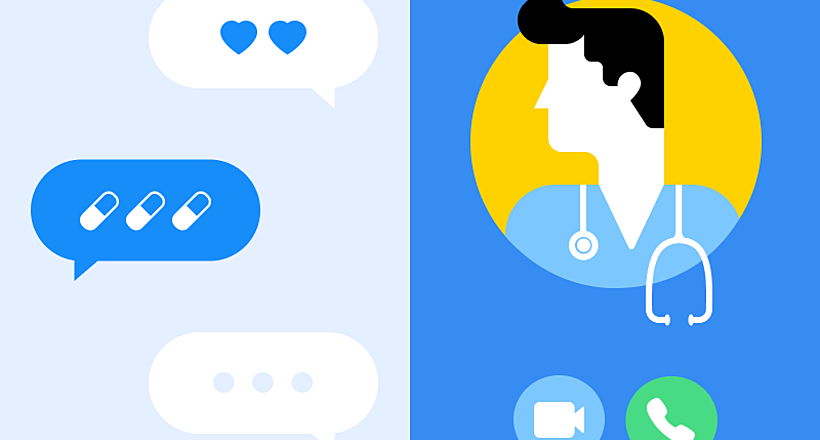
Telehealth App Development in 2024: Benefits, Tech Stack & Cost
Learn about Telehealth App Development in 2023, discover its advantages, explore the tech stack, and plan your project with cost insights.
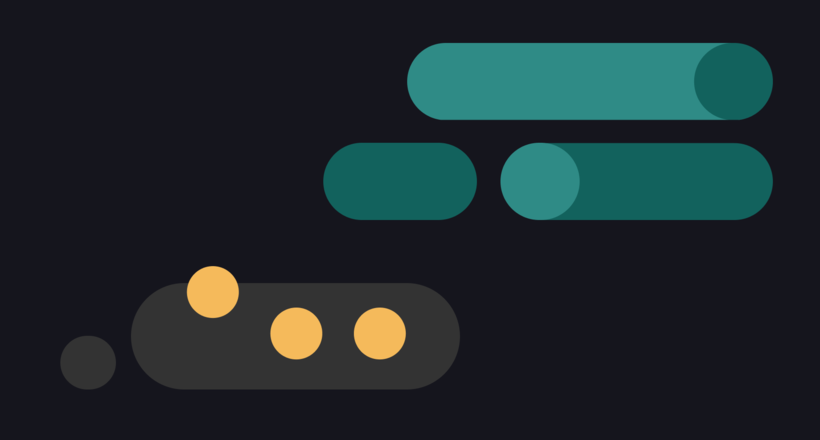
09 May 2024
Top 7 Open-Source LLMs for 2024
Here, we break down everything you need to know about open source LLM models: top 7 offerings on the market, their pros, cons, and capabilities.
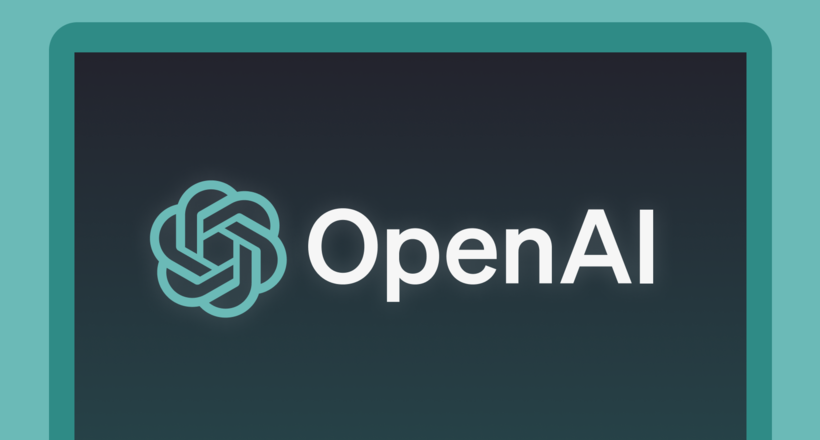
16 January 2024
ChatGPT Plugin Development: Features and Benefits for Business
Explore the process of crafting a ChatGPT plugin tailored precisely to meet your unique business requirements.
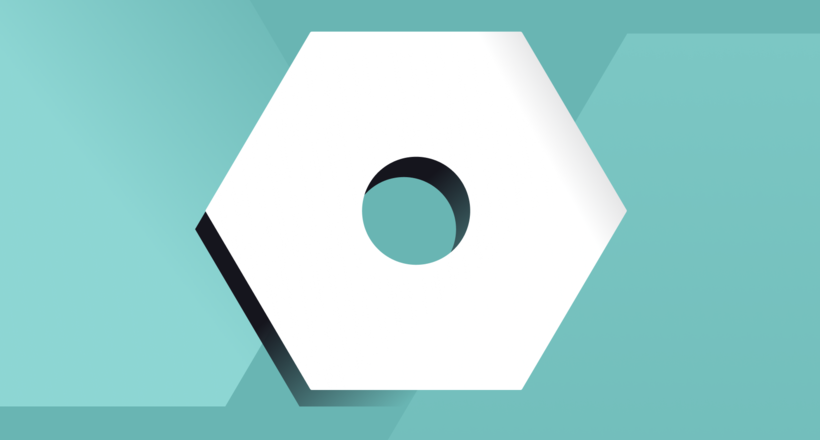
19 January 2024
AI Model Fine-Tuning: How to Use Your Organization's Data?
Organizations are transitioning from generic solutions to hyper-customized intelligence, seeking AI models designed to address their unique challenges and propel them toward strategic objectives.
This demand has propelled fine-tuning to the forefront of AI development.
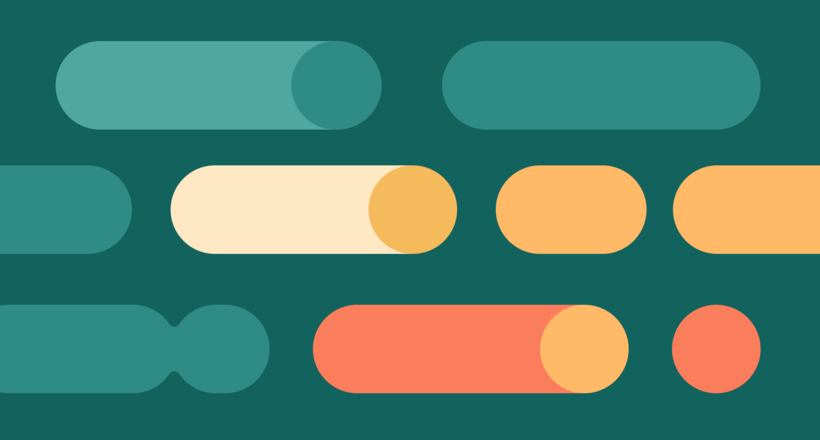
07 May 2024
What are large language models: a complete guide
Get your large language model definition straight: in this article, we cover the concept of LLMs, their capabilities, types, and challenges.
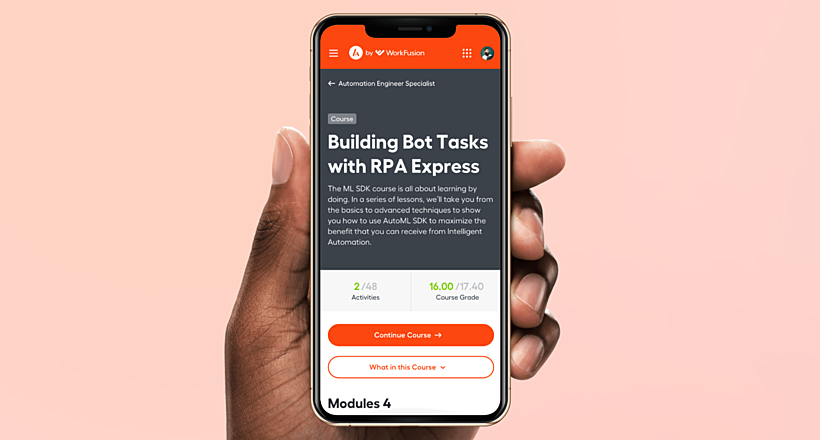
Develop Custom Corporate Microlearning Platform
Custom microlearning solutions for corporate training: Discover how to develop a tailored platform for efficient and engaging employee learning
Let's talk
Is there a challenge your organization or company needs help solving? We’d love to discuss it.

Managing Director, Partner
Andrew Terehin

Thank You!
Your message has been successfully sent.
We will contact you very soon.







